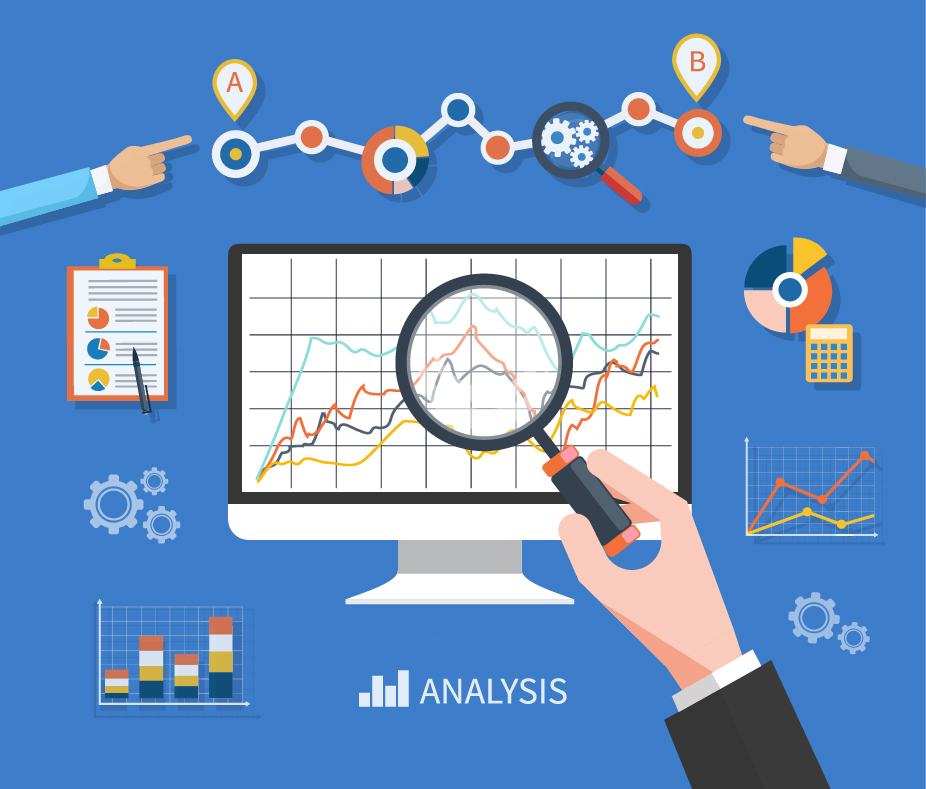High Blood Cholesterol can be effected by a variety of lifestyle choices including diet, activity level, smoking and weight, all of which can increase the risk of heart disease. It is therefore important for PHNs to focus on intervention strategies given the potential benefit of behaviour modifying education. According to the ABS, Australian Health Survey, 32.8% of the population have high blood cholesterol.
If High Blood Cholesterol data is mapped for the PHN regions in NSW, it clearly highlights a higher than average incidence in a number of PHN Regions, with Northern Sydney PHN standing out as very high. However this first map is a very blunt tool delivering little information for decision makers or information for improving health outcomes. But the ‘Cogent Health Data Decision Tool’ can do better.
Imagine if the PHN or Local Health Network could very easily drill down and understand where the priority suburbs are located, and then allocate the valued Health budget to begin an effective process toward real and targeted community education.
So let’s take the Northern Sydney PHN region as an example. At Cogent we have been working on a big data analysis methodology which allows us to drill down further by reducing big data into manageable population numbers for effective and efficient analysis and consequent allocation of funding against clear strategic health objectives. In fact, we can convert and map ‘big health data’ down to LGA, PHA, PHN and SA3 regions all within seconds and toggle between the health indicators as required.
Here is the Northern Sydney PHN now mapped against smaller Population Heath Areas (PHAs). Gone is the LGA (Local Government Area) based analysis, though this could just as easily be mapped against the SA3 04 SA4 ABS regions or LGAs with just one change of option within the Cogent Health Data Decision Tool.
This map now shows the PHN (red boundary line) with a cluster of PHA regions centred on the Turramurra and Gordon suburbs with an ASR** of over 36.5 per 100: being an incidence of high blood cholesterol against the national average of 32.5%. With our analysis, the PHN can now develop targeted localised responses with a validated argument for additional funding utilising an established benchmark, rather than spending scarce funds across all of its region.
Correlation to Associated Lifestyle Factors
The analysis method as developed at Cogent* can further cross-correlate this localised instance of cholesterol risk against other determinant factors, such as smoking or obesity: utilising the entire PHA set of regions in NSW. This allows for a more efficient and effective use of collaborative strategies to address health issues at a localised level within each PHN. Using the Cogent program and by ruling in or out other instances of health with associated suspicion, the decision maker can instantly focus their intervention strategies. In this example the associated correlation of high cholesterol to Smoking and Obesity in the Northern Sydney PHN is low and could indicate diet as the primary factor driving the regionalised health risk.
The methodology developed by Cogent can further use advanced machine learning to produce optimisation options, thereby allowing for the development of specific strategic responses such as the placing of GP Registrars, or the placing of community education programs in the areas of highest need.
With Cholesterol levels already high across the population, the new ability to target behaviour modifying programs of education is ideal for decision makers. The ‘Cogent Health Data Decision Tool’ allows PHNs and LHNs to use big data analytics with immediacy and localised relevance promising powerful opportunities for program efficiency in delivering improved health outcomes for the Australian Community.
*Cogent Business Solutions developed the ‘My Hospitals’ portal for the Commonwealth
** Age Standardised Rate
If you’re interested in developments in this area. Just provide your email by clicking here.
or contact Ian Hook
Senior Consultant – Cogent Health and NGO Division
0455165508








